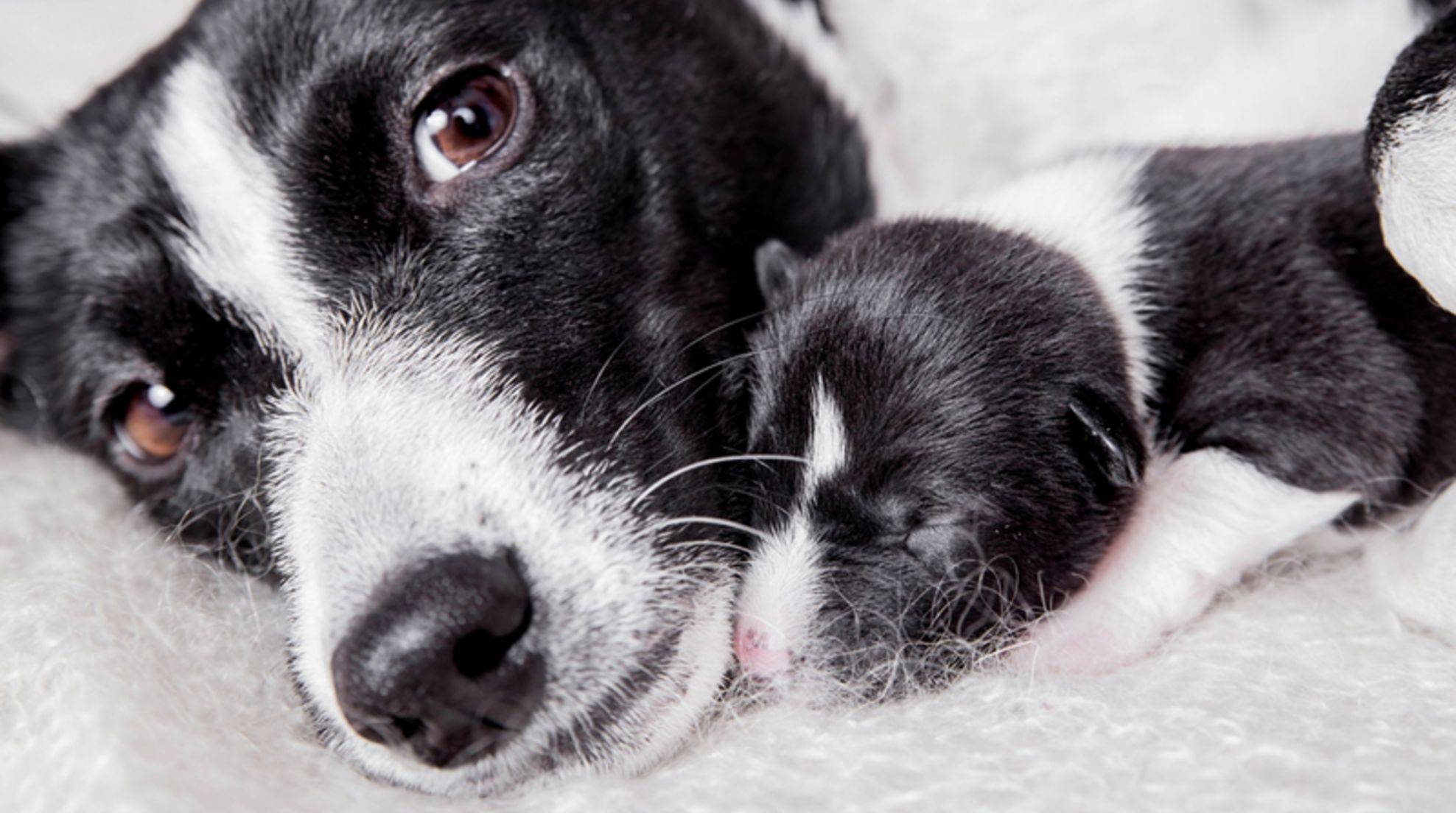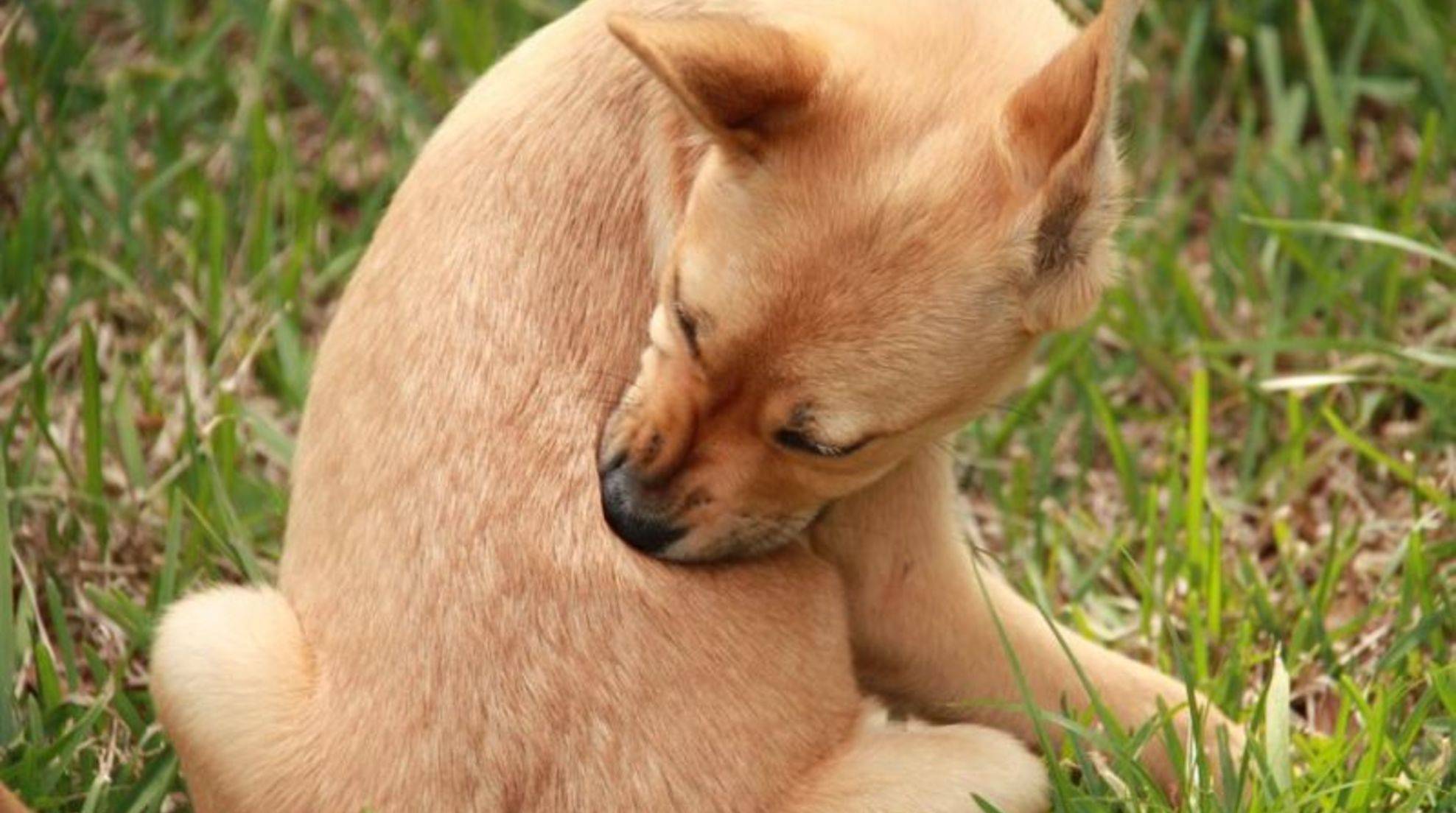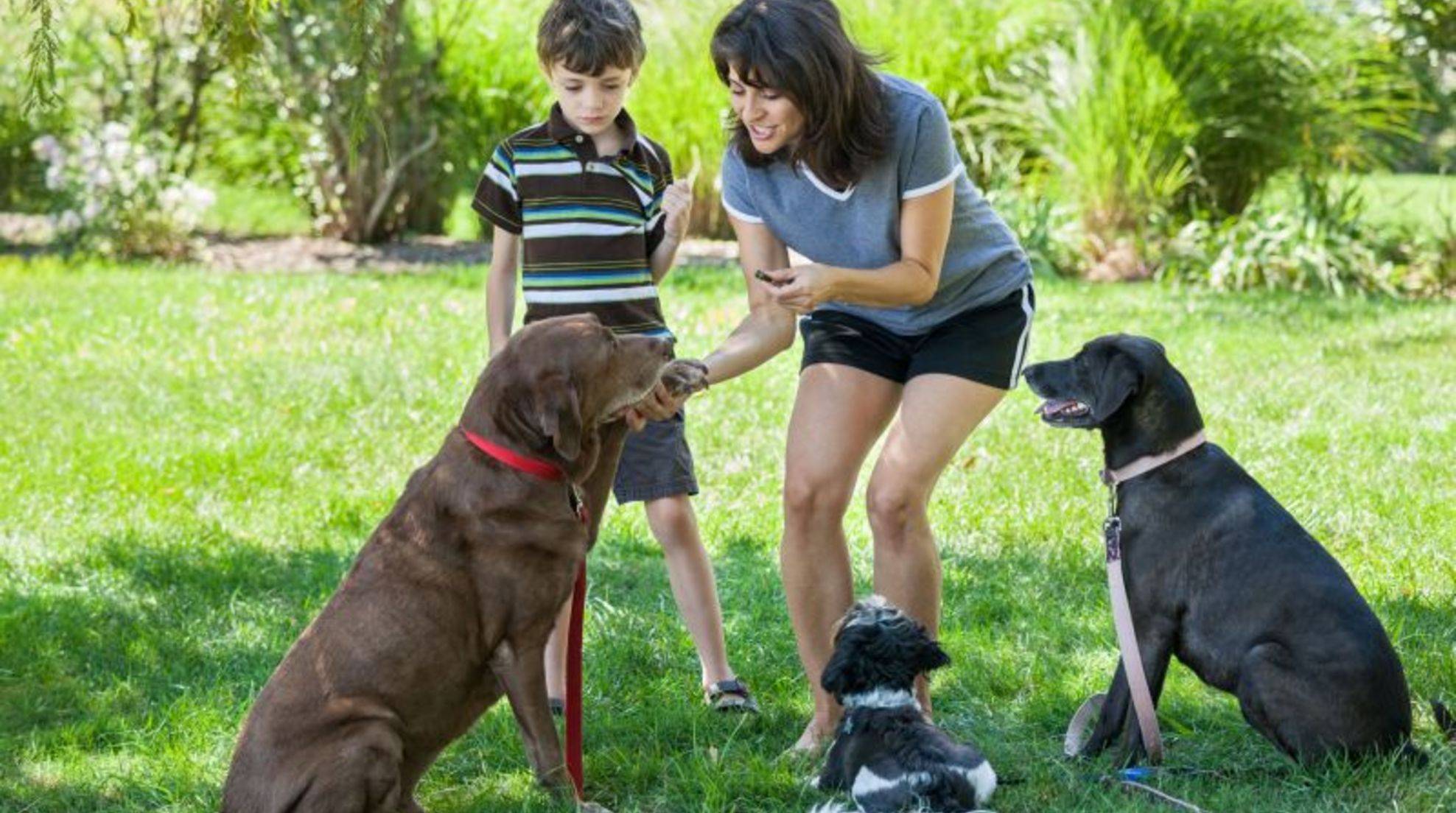Fever in a dog: what to do?
Fever in dogs is one of the symptoms of various underlying diseases and can become dangerous if it gets too high. A visit to the vet is, therefore, on the program. You can find out here which symptoms you can recognize in a fever and how you can measure and reduce it in your four-legged friend.
If a dog has a fever, the cause must first be found. Usually, this is a disease or an inflammation. To fight it, the immune system reacts by raising the body temperature. Because this reaction is essential, fever-reducing drugs or measures are rarely used and are not nearly as important as fighting the causes of the fever. But at what point does one speak of madness in dogs?
When does a dog have a fever?
The body temperature of an adult dog is generally between 38°C and 39°C. If it is elevated for a short time, this does not necessarily have to be due to illness. Even if your dog has exerted himself during romping or playing, this can lead to temporary overheating.
However, if the elevated body temperature persists or is accompanied by one or more of the following symptoms of illness, you should assume that your dog does have a fever.
Symptoms: How to recognize a fever in a dog
If the dog has a temperature of slightly above 39°C, it is called elevated temperature, fever at over 40°C. Fever in dogs is usually accompanied by the fact that the affected animal seems listless and tired. It often suffers from loss of appetite, moves more petite than usual, and appears apathetic, especially at the high fever. The ears may feel hot, and areas of the body with little hair, such as the insides of the legs, are also noticeably warm.
The dog’s nose is often warm and dry during a fever. Chills and ruffled fur may also be signs of a severely elevated temperature. The four-legged friend sleeps a lot. The pulse is elevated when the fever rises, and the dog breathes faster than usual. Depending on the cause, the fever can be consistently high or occur in phases. It becomes dangerous when the turmoil in dogs rises above 42°C.
Taking a fever in a dog – this is how it works.
Taking a dog’s temperature is done in the anus – a procedure that is not necessarily pleasant for your four-legged friend but is not painful if done carefully. It is best to use a digital clinical thermometer, which you purchase especially for your pet, and label accordingly to avoid confusion with equipment from the human pharmacy. Then proceed as follows:
Before you start taking the temperature, lubricate the thermometer’s tip with Vaseline to make it easier to insert.
It is best to proceed in pairs: one person makes sure the dog lies down, soothes, and strokes it so that it is distracted and does not tense up.
The other lifts the dog’s tail and inserts the clinical thermometer about 2 inches deep into the dog’s anus.
If you use a digital clinical thermometer, wait until you hear the beep that tells you the reading is complete. A regular clinical thermometer takes about 2 minutes for the temperature to settle and the task to be accurate.
After the measurement, clean the clinical thermometer with disinfectant and wash your hands thoroughly.
If you have detected an elevated temperature in your four-legged friend, the next step should be to visit the vet as soon as possible.
What are the causes of fever in dogs?
A veterinarian should clarify the cause of fever in dogs because it is usually related to another underlying disease. Rage supports the body’s healing process in case of bacterial or viral infections, immune disorders, or inflammations.
Side effects from medications, fungal infections, or rheumatism can also cause fever. In a few cases, however, fever occurs without an identifiable cause, making treatment more difficult because it depends on what the craze is caused by.
How is a fever treated in dogs?
In most cases, the vet treats the fever-inducing illness with medication, for example, with antibiotics. If the dog is on the road to recovery after some time, the fever also subsides.
Since fever-reducing drugs could get in the way of the body’s fight against the disease, they are rarely prescribed. However, the doctor may still decide to give the pet some to speed recovery in some instances. When you take your pet back home after treatment, there are a few things you can do to help it get better soon.
How to get your four-legged friend back to health quickly
Make sure your sick pet is warm and comfortable at home and nurture it with lots of love. Make sure that it drinks enough because, unlike food, a dog should not go without drinking under any circumstances while it is sick. So, he should always have enough fresh water accessible.
Measure fever regularly to consult a veterinarian in case of deterioration. In consultation with the veterinarian, you can also make a calf wrap for your dog. To do this, moisten a towel with lukewarm water and place it on the dog’s legs.








